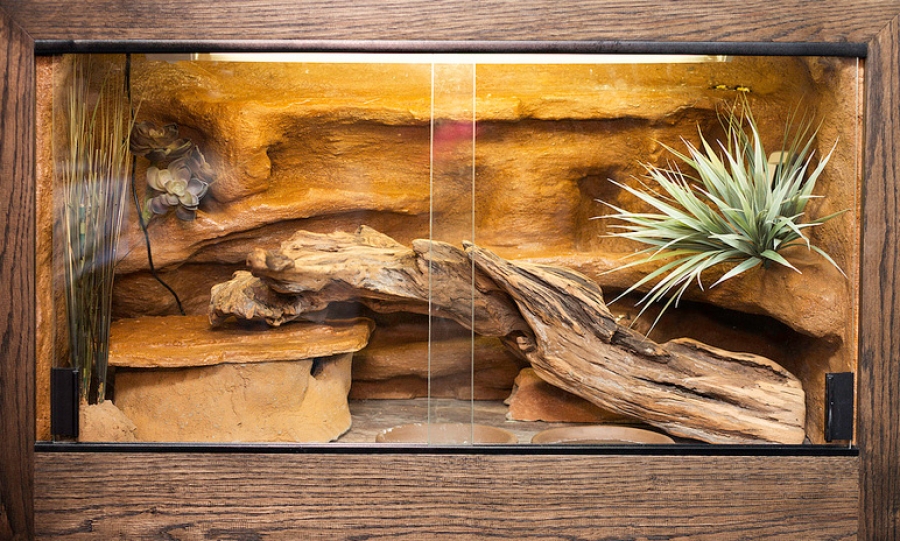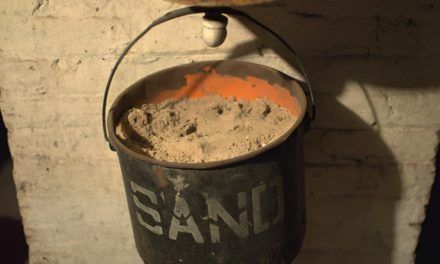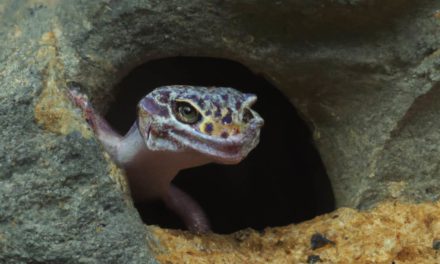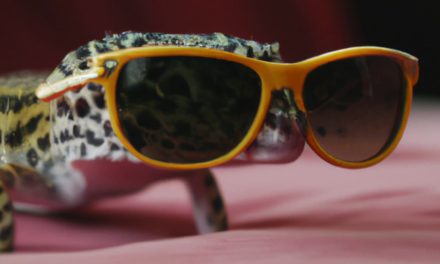
Leopard geckos are incredible creatures, bringing a piece of the wild right into our homes. But they do need some specific conditions to thrive, specifically around temperature and humidity. So, buckle up, because we’re about to embark on an interesting journey into the ideal living conditions of these colorful critters.
What’s the right Temperature for a Leopard Gecko?
Best Temperature for a Leopard Gecko
The leopard gecko is a bit of a ‘Goldilocks’ when it comes to temperatures – they like it just right. These small reptiles originate from the arid regions of the Middle East, so they’re used to a specific range of temperatures. The best temperature for your leopard gecko’s terrarium lies somewhere between 75°F (24°C) on the cooler side and up to 90°F (32°C) on the warmer side. Providing your leopard gecko with ‘hides’ will also help them regular their own temperature as they need to.
How to Measure Temperature for your Leopard Gecko Tank?
Don’t try to wing it or use your own sense of warmth as a gauge. It’s vital to use a thermometer, preferably digital, placed at both the cool and warm ends of the terrarium. By doing this, you’ll get a more accurate sense of the thermal range in the tank, ensuring your gecko can regulate its body temperature as needed.
How Hot Should a Leopard Gecko Tank Be?
While leopard geckos love the heat, they’re not fans of the scorching desert sun. The basking area, typically under a heat lamp, should not exceed 90°F (32°C). Any hotter and you might end up with a stressed and unhappy gecko, and nobody wants that!
If your tank is too hot, or too cold, then you need to either adjust your heating method or change the tank size. A larger tank will need a more powerful heat source to keep it warm than a small tank. Don’t forget to also take into account gecko lighting needs as some lighting will also add heat.
What Is the right Humidity for a Leopard Gecko?
Humidity Levels for Leopard Geckos
Just like they’re a little picky about temperature, leopard geckos also have preferences when it comes to humidity. They’re desert dwellers, remember? So, they like their air on the drier side. Humidity levels should generally be around 30% to 40%. During shedding periods, however, you may need to bump it up to about 50% to help them shed their skin smoothly.
How Do you Measure Humidity for leopard geckos?
Guesswork won’t cut it here! A ‘hygrometer’ the tool for this job, and it is best to get one. It measures the amount of moisture in the air so you can adjust as necessary. Much like the thermometer, it’s a good idea to place hygrometers at both ends of the tank for an accurate reading. But you can get by using just one and moving it around.
How Humid Is Too much for a Leopard Gecko?
Too much of a good thing can be bad, right? The same goes for humidity in your gecko’s tank. If it consistently soars above 50%, you’re entering the danger zone. These conditions can lead to respiratory issues and fungal infections. So, keep an eagle eye on that hygrometer!
What happens if the humidity is too high in a leopard gecko tank?
When humidity levels are too high, it’s like a tropical jungle in your gecko’s tank. This can lead to some serious health problems like skin infections, respiratory issues, and even eye problems. In short, a leopard gecko swimming in humidity could end up feeling like a fish out of water, health-wise.
How to Lower Humidity for Leopard Geckos
Is the humidity getting a bit too tropical for your desert dweller? You can lower it by increasing ventilation, reducing the size or number of water dishes, or using a dehumidifier in the room. As a last resort, you might consider changing your substrate to something more absorbent (leopard gecko substrate options). That’s right, it’s all about striking the right balance!
How to Increase Humidity in a leopard gecko Tank?
On the flip side, if your tank is feeling more like the Sahara than a comfortable desert home, you might need to increase the humidity. Simple ways to do this include adding a larger water dish, misting the tank lightly (just using a spray water bottle), and including a moist hide in the tank. This way, your gecko can choose to chill in a more humid area if it feels the need, especially during shedding.
When it comes to creating the perfect habitat for your leopard gecko, the devil is truly in the details. The right balance of temperature and humidity can make all the difference in your gecko’s health and happiness – it’s all part of creating your ideal leopard gecko enclosure design. So, keep your thermometers and hygrometers handy, and always be ready to make adjustments as needed.
Also see our Leopard Gecko Habitat Essentials Checklist
FAQ
What’s the ideal temperature for a leopard gecko tank?
The ideal temperature for a leopard gecko tank ranges between 75°F (24°C) and 90°F (32°C).
How do you measure temperature in a leopard gecko tank?
Use a digital thermometer, placed at both ends of the tank, to measure the temperature.
What should the humidity be in a leopard gecko tank?
The humidity in a leopard gecko tank should generally be around 30% to 40%, and up to 50% during shedding periods.
How do you measure humidity in a leopard gecko tank?
Use a hygrometer, placed at both ends of the tank, to measure the humidity.
What happens if humidity is too high in a leopard gecko tank?
If humidity levels are consistently too high, it can lead to health problems such as skin infections, respiratory issues, and eye problems.
Remember, your leopard gecko isn’t just a pet – it’s a little slice of the wild right there in your living room. And with the right care and attention to their living conditions, they can continue to thrive and delight you with their unique personalities and colorful appearance.














